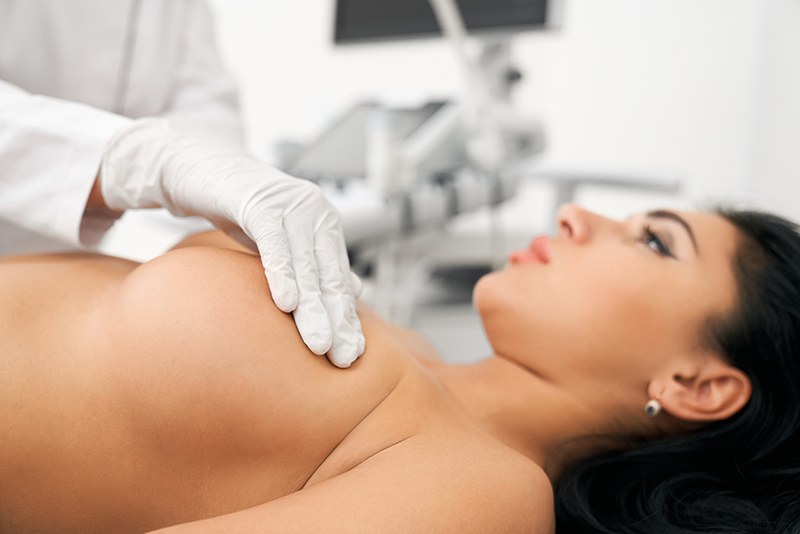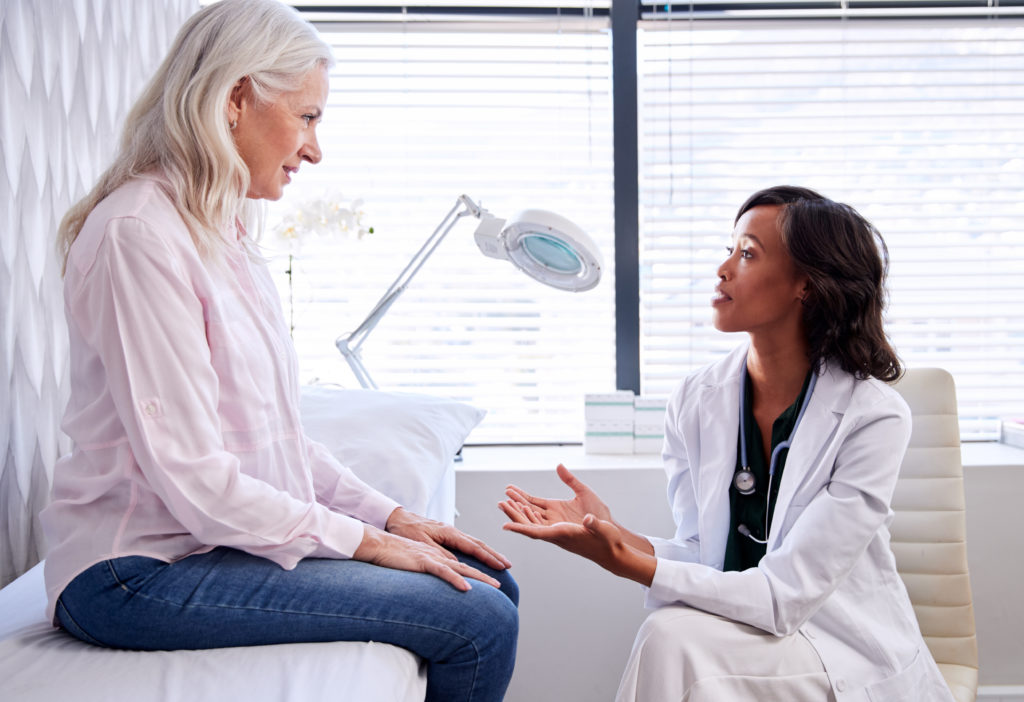Clinical Breast Exam
The clinical breast examination is an important piece of our recommended three-pronged approach to the early detection of breast cancer.
What is a clinical breast exam?


Who Should Receive a Clinical Breast Exam, and When?
The Maurer Foundation recommends that females over forty schedule their clinical breast exam and their annual mammogram six months apart. This ensures that you will be assessed by a health care professional twice a year.
Additionally, anytime you notice irregularities during your monthly self-exam, schedule a clinical breast exam to follow up.
How Should You Prepare for a Clinical Breast Exam?
• If you have noticed any changes in your chest
• If you might be pregnant or are breast-feeding
• If you have breast implantsA saline or silicone filled sac used during plastic surgery to enlarge or restore the shape of the breast.
• If you are experiencing any breast pain or discomfort
• If you have detected any irregularities during your own self-exams


How is a Clinical Breast Exam Administered?
Your health care provider should examine you both lying down and sitting up, since the breasts look and feel entirely different in each position. The doctor may ask you to lean forward, raise your arms above your head, or move in different ways to ensure they are performing the most accurate exam.
Tips for Your Office Visit
This is also the perfect time to ask your health care provider about your own breast self-exam habits, and make sure you are using the proper techniques every month. After all, your clinician should be your primary ally in taking charge of your health!
